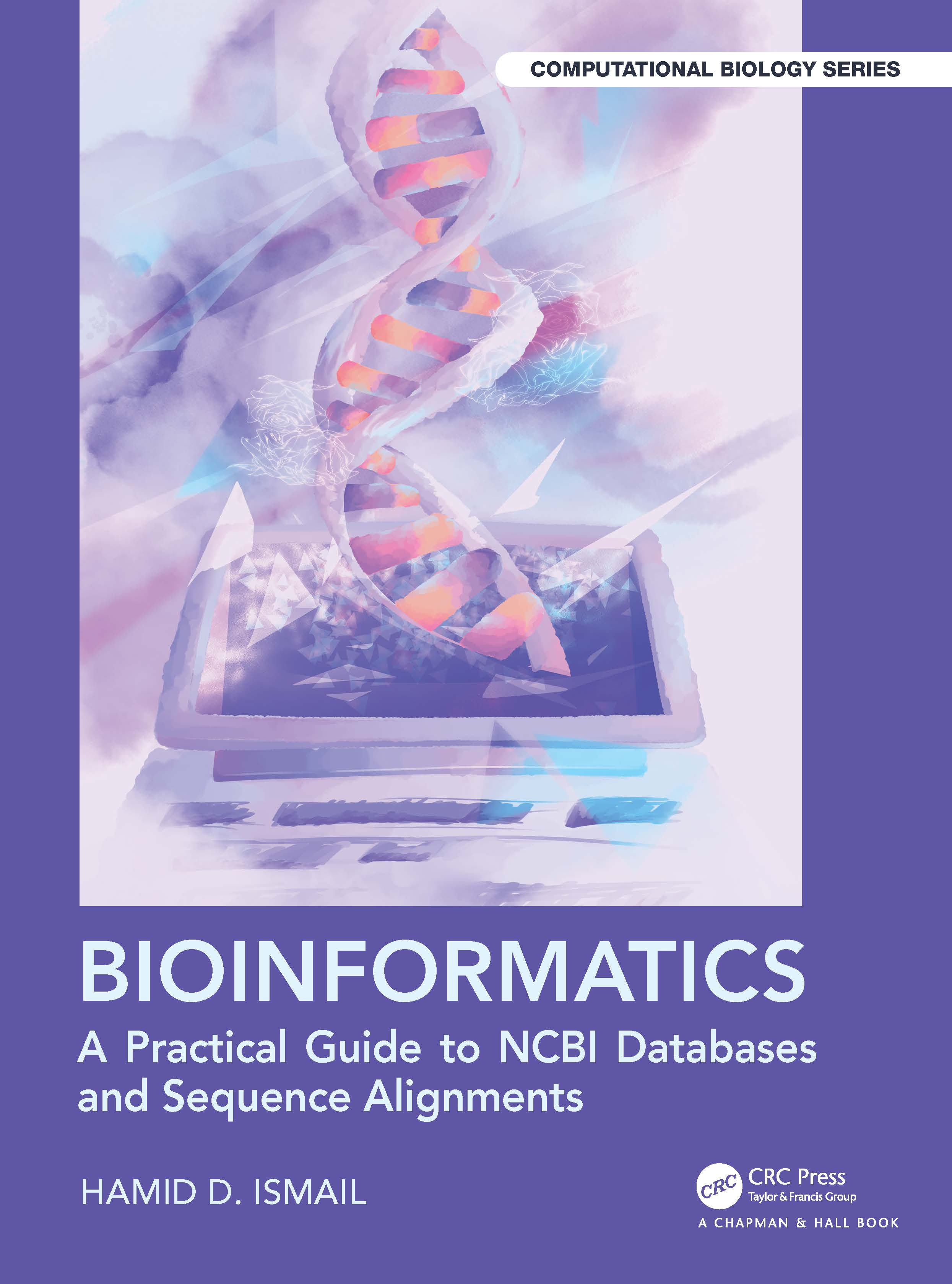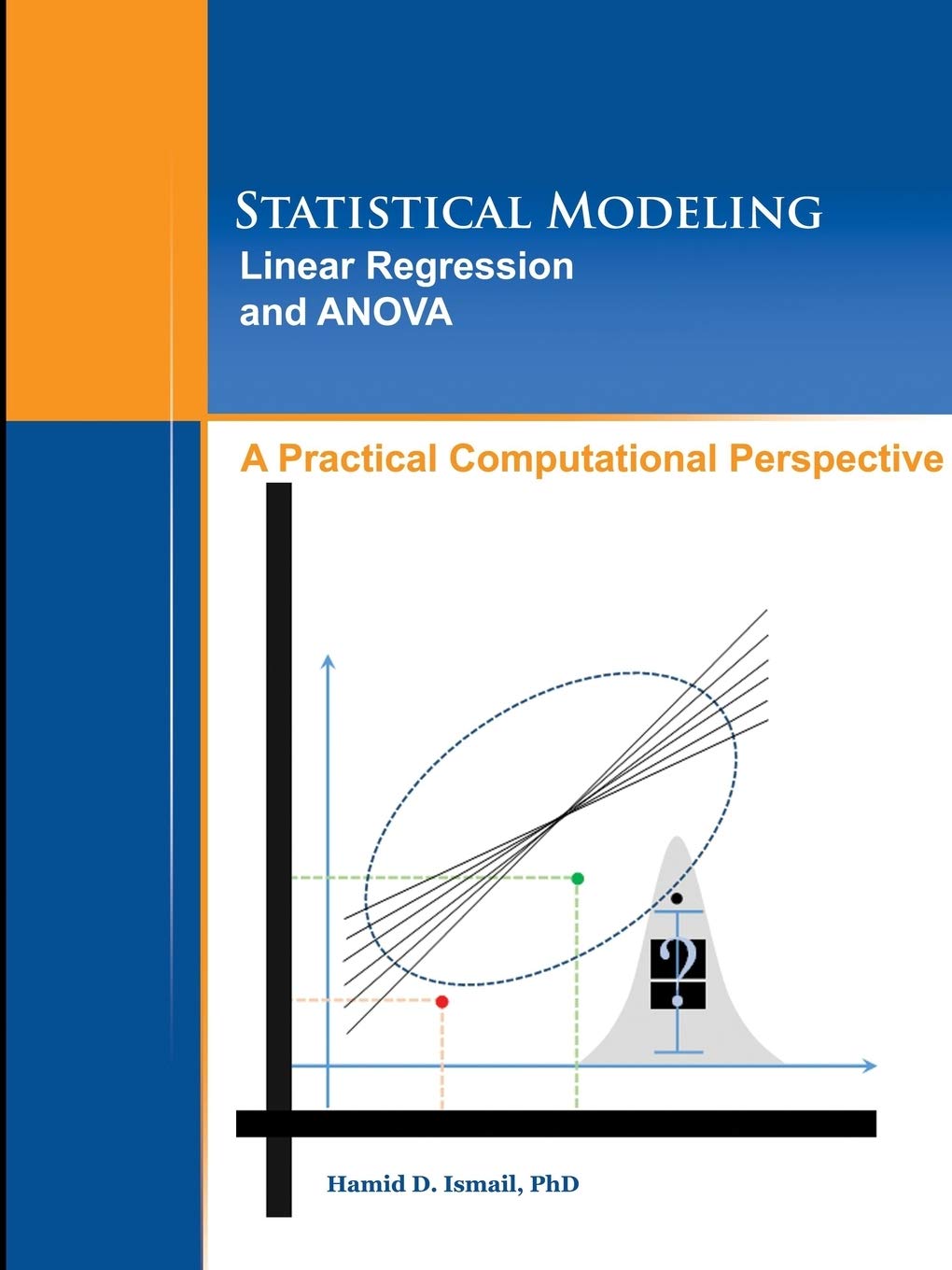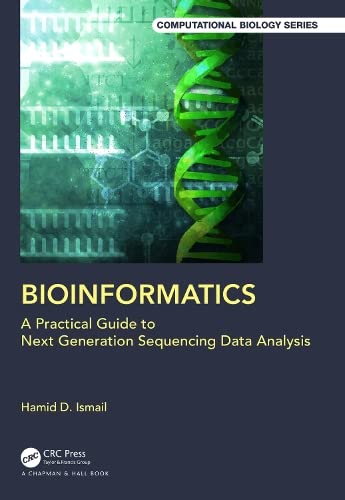Information for Students
This website is designed to provide you with all of the digital resources including codes and data that accompany the books.
This website is designed to provide you with all of the digital resources including codes and data that accompany the books.

Bioinformatics: A Practical Guide to NCBI Databases and Sequence Alignments provides the basics of bioinformatics and in-depth coverage of NCBI databases, sequence alignment, and NCBI Sequence Local Alignment Search Tool (BLAST). As bioinformatics has become essential for life sciences, the book has been written specifically to address the need of a large audience including undergraduates, graduates, researchers, healthcare professionals, and bioinformatics professors who need to use the NCBI databases, retrieve data from them, and use BLAST to find evolutionarily related sequences, sequence annotation, construction of phylogenetic tree, and the conservative domain of a protein, to name just a few. Technical details of alignment algorithms are explained with a minimum use of mathematical formulas and with graphical illustrations.

Statistical modeling is a branch of advanced statistics and a critical component of many applications in science and business. This book is an attempt to satisfy the need of mathematical statisticians and computational students in linear modeling and ANOVA. This book addresses linear modeling from a computational perspective with an emphasis on the mathematical details and step-by-step calculations using SAS® PROC IML. This book covers correlation analysis, simple and multiple linear regression, polynomial regression, regression with correlated data, model selection, analysis of covariance (ANCOVA), and analysis of variance (ANOVA). The level is suitable for upper level undergraduate and graduate students with knowledge of linear algebra and some programming skills.

Bioinformatics: A Practical Guide to Next Generation Sequencing Data Analysis contains the latest material in the subject, covering NGS applications and meeting the requirements of a complete semester course. This book digs deep into analysis, providing both concept and practice to satisfy the exact need of researchers seeking to understand and use NGS data reprocessing, genome assembly, variant discovery, gene profiling, epigenetics, and metagenomics. The book does not introduce the analysis pipelines in a black box, but with detailed analysis steps to provide readers with the scientific and technical backgrounds required to enable them to conduct analysis with confidence and understanding. The book is primarily designed as a companion for researchers and graduate students using sequencing data analysis, but will also serve as a textbook for teachers and students in biology and bioscience.

Autoimmune disorders are among the most complex and challenging diseases in medicine, arising when the immune system mistakenly targets the body’s own cells and tissues. Autoimmune Disorders: Science and Bioinformatics offers a comprehensive exploration of the immunological, genetic, molecular, and computational foundations of autoimmunity. The book begins with an in-depth overview of immune system architecture, distinguishing the innate and adaptive branches and detailing the molecular mechanisms of immune activation, regulation, and tolerance. It presents a rigorous analysis of key immune components, including antigen-presenting cells, T and B lymphocytes, major histocompatibility complexes, cytokines, chemokines, and immune checkpoints. It highlights how their dysregulation leads to pathological self-reactivity. Through the lens of modern genomics and immunology, the text investigates the multifactorial nature of autoimmune disease etiology, from genetic predisposition and environmental triggers to epigenetic modifications and molecular mimicry. Case studies of major autoimmune diseases such as rheumatoid arthritis, systemic lupus erythematosus, and type 1 diabetes illustrate how advances in immunogenetics, bioinformatics, and systems biology are unraveling disease mechanisms and informing novel diagnostic and therapeutic strategies. Designed for researchers, clinicians, and students, this book bridges classical immunology with contemporary computational biology. By integrating mechanistic insights with computational frameworks, it charts a path toward precision medicine in the diagnosis and treatment of autoimmune disorders.